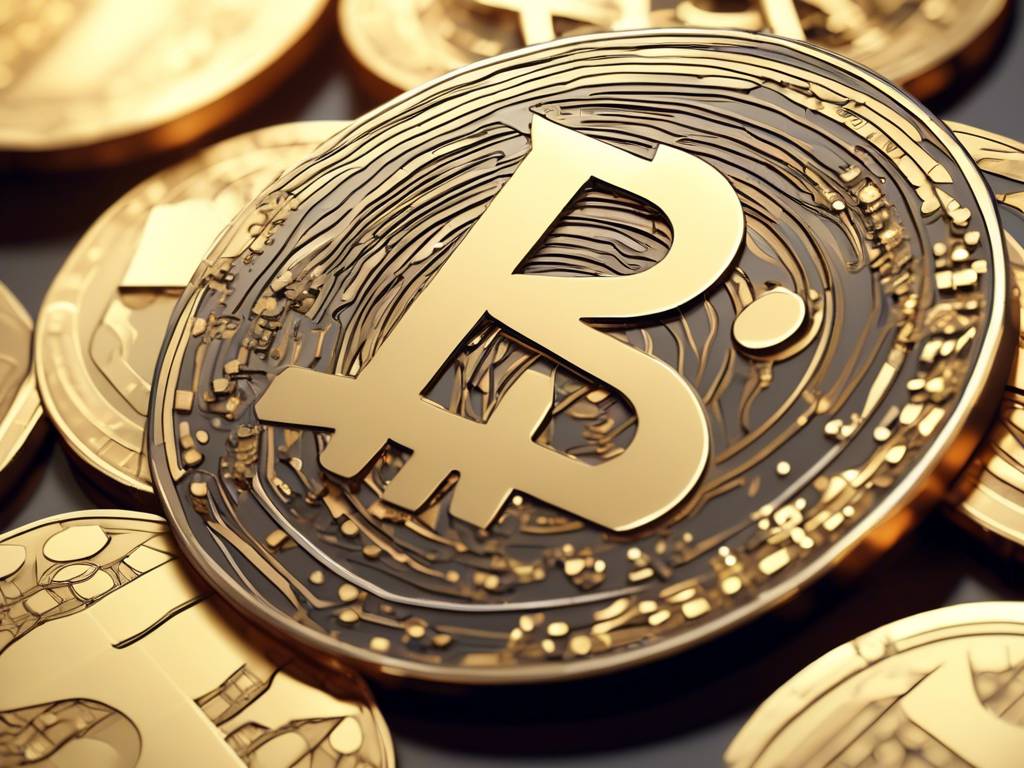Ripple’s Stablecoin Launch: A Game Changer in the Crypto and Finance Worlds
Renowned economist Carlo R.W. De Meijer recently shared his enthusiasm for Ripple’s upcoming stablecoin launch, highlighting its potential impact on both the cryptocurrency and traditional finance sectors. This development could bring these two worlds closer together.
Understanding Ripple’s Operation
Ripple’s foray into the rapidly expanding stablecoin market, projected to reach $2.8 trillion by 2028, is generating significant buzz. The company’s announcement of a stablecoin pegged 1:1 to the US dollar indicates a commitment to transparency and reliability. By securing the stablecoin with USD deposits, government bonds, and commercial paper, Ripple aims to instill trust among institutional and governmental clients. Regular audits will ensure compliance with global regulations, further enhancing credibility.
Significance for Ripple
De Meijer asserts that Ripple’s stablecoin will enhance its ecosystem significantly. This new offering will not replace XRP, Ripple’s existing digital currency, but rather supplement it. While XRP remains vital for quick transactions, the stablecoin will expand Ripple’s utility, providing users with more options.
Attracting Banks and Corporations
Ripple’s stablecoin could potentially attract major financial institutions and corporations due to its resemblance to traditional currencies and its ability to facilitate swift online transactions. Furthermore, its strict adherence to regulatory standards may further encourage its adoption among these entities.
- The stablecoin will be available on the XRP Ledger (XRPL) and Ethereum blockchains initially.
- Future plans include extending to other blockchains and DeFi protocols for increased adoption and interoperability.
Ripple’s Global Strategy
Ripple’s stablecoin initiative aligns with its overarching goal of fortifying the XRPL digital currency system. This move is expected to attract a broader user base, expedite online transactions, and introduce innovative financial applications. Additionally, Ripple aims to strengthen partnerships and enhance its On-Demand Liquidity (ODL) payment system through this launch.
Regulatory Challenges Overcome
Despite dealing with legal hurdles from the SEC, Ripple remains optimistic about launching its stablecoin by year-end. De Meijer believes this stablecoin has the potential to revolutionize cross-border payments, enable new financial applications beyond remittances and micropayments, and bridge the gap between traditional banking and decentralized finance (DeFi).
Ripple’s stablecoin and XRP: A Complementary Duo
According to De Meijer, the introduction of Ripple’s stablecoin will not diminish the importance of XRP. Instead, these two currencies will work in tandem: XRP offering speed and the stablecoin providing stability. Together, they aim to enhance the functionality and allure of Ripple’s financial ecosystem.
Will Ripple’s stablecoin serve as the long-awaited connection between traditional finance and the crypto realm? Only time will tell.
Hot Take: Ripple’s Stablecoin Launch Brings Promise and Potential
As Ripple gears up to introduce its stablecoin to the market, the crypto and financial industries are abuzz with anticipation. The stablecoin’s launch promises to redefine cross-border payments, enhance financial applications, and strengthen Ripple’s position in the digital currency space. With regulatory hurdles being navigated and innovative initiatives being rolled out, the future certainly looks bright for Ripple and its stablecoin.





 By
By
 By
By
 By
By
 By
By
 By
By